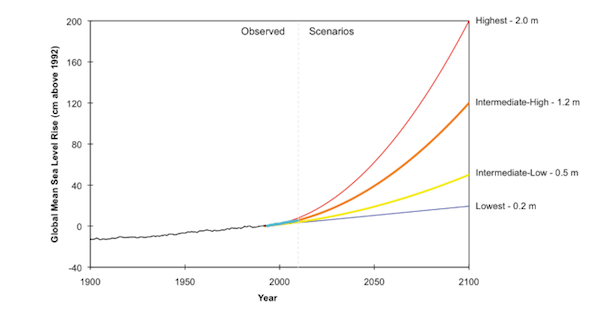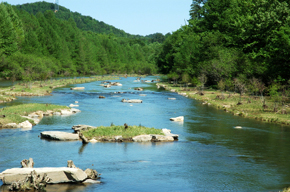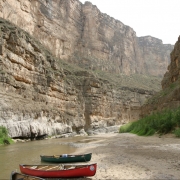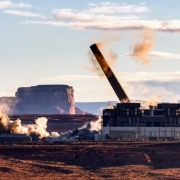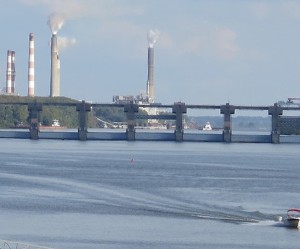Election 2014 Recap: Voters Mostly Say ‘Yes’ to Water Spending
Measures passed in California, Florida, and Maine, while North Dakota voted against conservation fund.
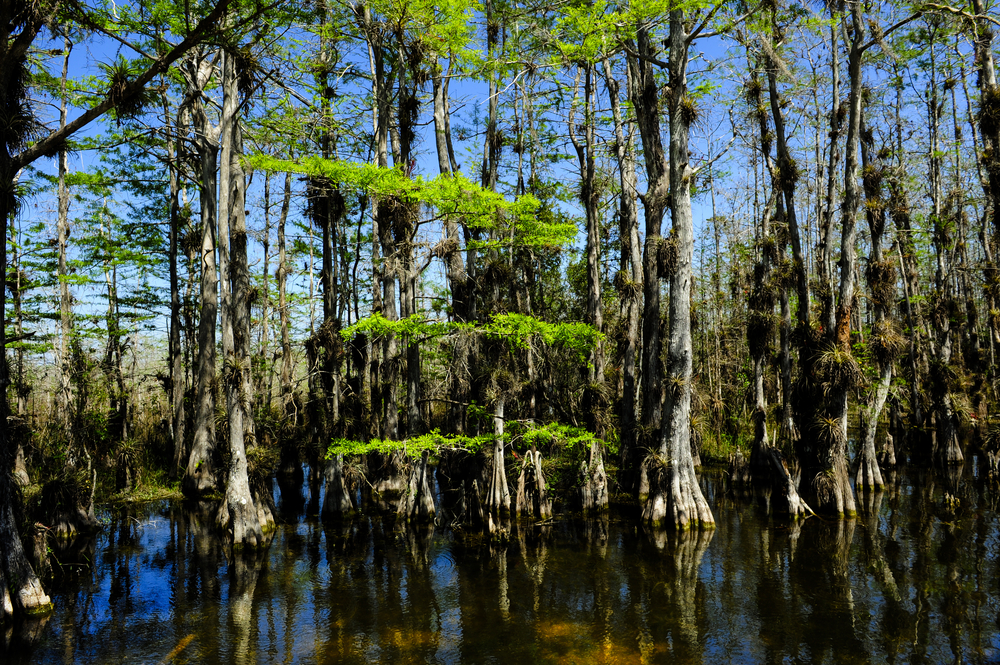
Measures to spend public money for water infrastructure, pollution control, and environmental protection scored more victories than defeats yesterday at the ballot box.
Voters in California, Florida, and Maine each approved the use of state money – either through borrowing or tax revenues – for water projects.
Not an aberration, the ballot successes on Tuesday reflect a long-term trend. According to researchers at Cornell University, 22 out of the 25 water-infrastructure measures that were placed on state ballots since 2001 have passed (not including yesterday’s results).
Three new initiatives join the ranks of the victorious. The largest outlay for infrastructure comes from California, which approved Proposition 1 by a margin of two votes to one. Proposition 1 authorizes the state to borrow $US 7.5 billion for a wide range of water initiatives, from cleaning up polluted aquifers to building new treatment plants and facilities to store water, either above or below ground.
Florida voters embraced a different sort of spending. Amendment 1, which garnered three out of every four votes, directs revenue from real estate taxes into a land and water conservation fund. The fund will be used for land purchases that are tied to improvements in water quality, for Everglades restoration projects, and for protecting drinking water sources from pollutants. The state forecasts that the fund would receive $US 648 million in fiscal year 2015, rising to $US 1.3 billion in 20 years. The total amount during the 20-year life of the amendment could reach $US 18 billion, according to the state budget office.
–Will Abberger, campaign manager
Florida’s Water and Land Legacy
“This sends a message to the current governor and the legislature that Florida voters believe state funding for land and conservation programs is a priority,” Will Abberger told Circle of Blue. He is the campaign manager for the Florida’s Water and Land Legacy, the amendment’s sponsor.
A number of existing programs, including Florida Forever, a land-purchasing initiative, are eligible to receive funds, but the Legislature will decide how to divide the pie, according to Abberger.
In Maine, voters endorsed a much smaller spending package. With voter approval, the state now has the green light to issue $US 10 million in taxpayer-backed bonds for wetland restoration and for facilities to purify drinking water and wastewater.
The biggest defeat came in North Dakota, where voters rejected by a four-to-one margin a constitutional amendment that would have created a land and water conservation fund seeded with 5 percent of the state’s oil revenue. The amendment was supported by fish and wildlife groups but opposed by farm lobbies.
Still, the defeat is not an end for the measure’s supporters. The campaign chairman told the Grand Forks Herald that he was pleased that the amendment opened a statewide conversation about protecting land and water resources.
“I think people are aware of many of the needs of state parks and habitat and water quality and that we need to have a bigger response to that,” Steve Adair said. “We’re going to continue advocating. We’ll move into the legislative arena now.”
Brett writes about agriculture, energy, infrastructure, and the politics and economics of water in the United States. He also writes the Federal Water Tap, Circle of Blue’s weekly digest of U.S. government water news. He is the winner of two Society of Environmental Journalists reporting awards, one of the top honors in American environmental journalism: first place for explanatory reporting for a series on septic system pollution in the United States(2016) and third place for beat reporting in a small market (2014). He received the Sierra Club’s Distinguished Service Award in 2018. Brett lives in Seattle, where he hikes the mountains and bakes pies. Contact Brett Walton


